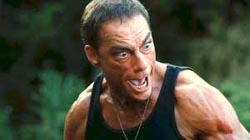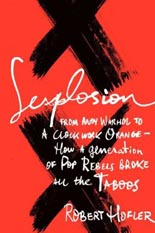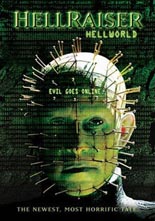
 Half a dozen friends are so obsessed with an online game that one of them, not being of sound mind and body, is driven to suicide. (Note: This film predates Farmville.) Two years later, all but the headstrong Chelsea (Amusement‘s Katheryn Winnick, the Canadian Scarlett Johansson) are still into the game — Hellworld, a role-playing version of Clive Barker’s Hellraiser series — and they flip the freak out when they unlock an invitation to a secret, fans-only party. Begrudgingly, Chelsea attends only as the designated driver / voice of reason.
Half a dozen friends are so obsessed with an online game that one of them, not being of sound mind and body, is driven to suicide. (Note: This film predates Farmville.) Two years later, all but the headstrong Chelsea (Amusement‘s Katheryn Winnick, the Canadian Scarlett Johansson) are still into the game — Hellworld, a role-playing version of Clive Barker’s Hellraiser series — and they flip the freak out when they unlock an invitation to a secret, fans-only party. Begrudgingly, Chelsea attends only as the designated driver / voice of reason.
The soirée takes place in a mansion that, according to the host (Lance Henriksen, Aliens), once was a convent and an asylum, although not at the same time. Regardless, for this night, it’s a multilevel monkey house of bacchanalian activities, complete with numbered face masks for anonymous sex — the kind of environment conducive for pickup lines like, “I’d love to see your puzzle box” (uttered by future Man of Steel Henry Cavill) and, naturally, the eventual death and dismemberment of the guests by party-crashing Pinhead (Doug Bradley) and his fellow Cenobites.
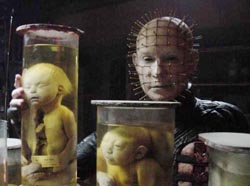 The eighth film of the franchise, Hellraiser: Hellworld is the first to present its source material as something that exists outside the bounds of itself, with the young cast portraying ‘Raiser superfans who not only play the game, but wear Pinhead T-shirts and “ooh” and “ahh” over official merchandise. As with 2002’s Halloween: Resurrection, it was only a matter of time that the Hellraiser sequels use that bitchin’ Internet as a springboard, and Hellworld‘s one-by-one kills bear striking influence of the then-ascendant Saw series.
The eighth film of the franchise, Hellraiser: Hellworld is the first to present its source material as something that exists outside the bounds of itself, with the young cast portraying ‘Raiser superfans who not only play the game, but wear Pinhead T-shirts and “ooh” and “ahh” over official merchandise. As with 2002’s Halloween: Resurrection, it was only a matter of time that the Hellraiser sequels use that bitchin’ Internet as a springboard, and Hellworld‘s one-by-one kills bear striking influence of the then-ascendant Saw series.
All the Hellraisers in which Barker was not involved take a lot of heat as inferior product, and Hellworld doesn’t exactly help its own cause when Henriksen’s host quips, “Like a bad horror movie, isn’t it?” Such statements invite viewer ire. But separate from the others and taken on its own, Hellworld is an enjoyable slasher, competently directed by Rick Bota, who helmed the previous two sequels as well. Packed into black leather pants, Winnick is a heroine I can get behind — and do — in everything she appears; her skills as an actress keep this afloat and far from sinking into the sludge. —Rod Lott

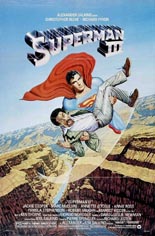
 You’re a movie executive who’s just watched a double feature of
You’re a movie executive who’s just watched a double feature of 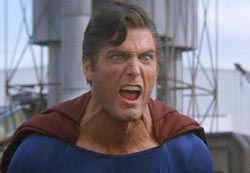
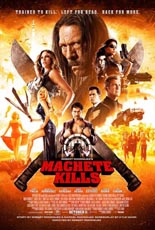
 While
While 
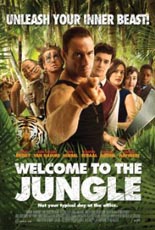
 Some would argue that Jean-Claude Van Damme has been doing comedy his entire career — he just didn’t realize it. Whichever side of the argument you fall, there’s no denying
Some would argue that Jean-Claude Van Damme has been doing comedy his entire career — he just didn’t realize it. Whichever side of the argument you fall, there’s no denying 